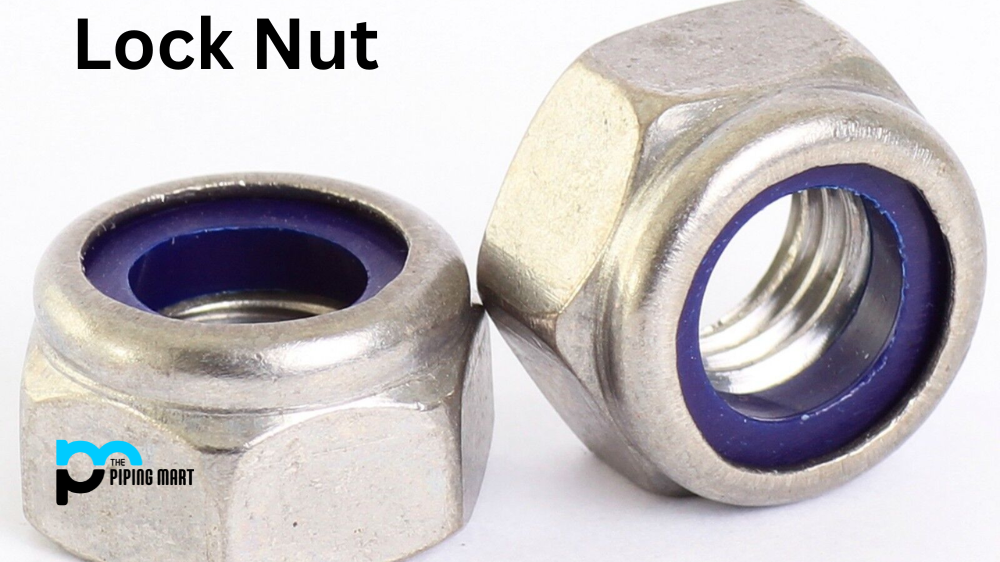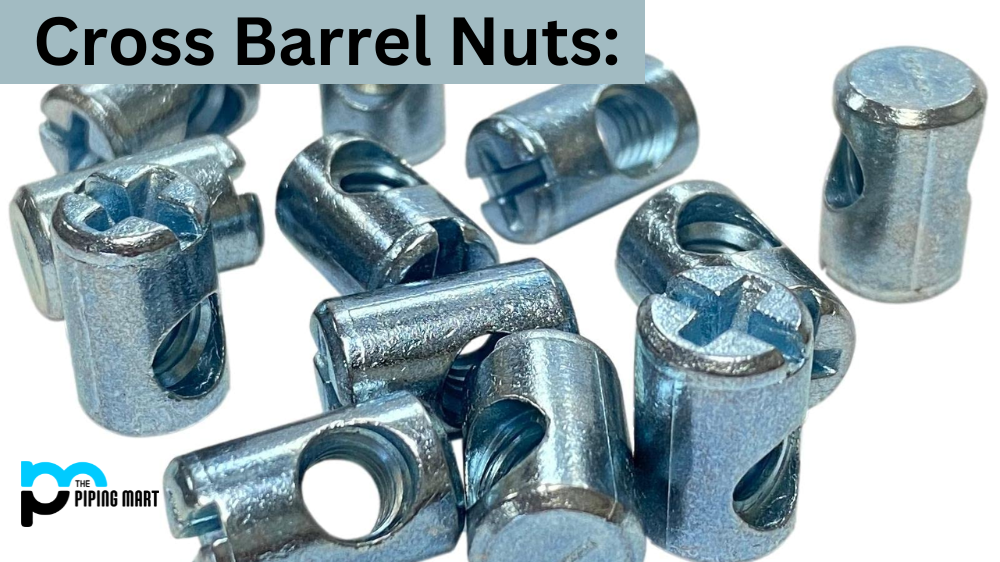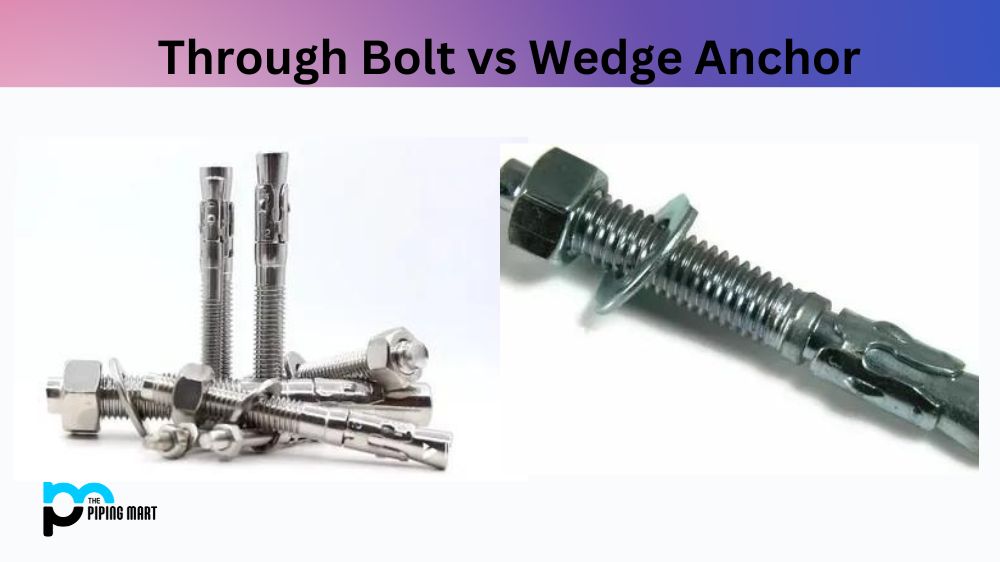If you’re looking for the right type of screw to use in your project, you may wonder which is better: a wood screw or a construction screw? While both types of screws can get the job done, there are some key differences between the two that you should be aware of before making your decision. Let’s take a closer look at wood screws vs construction screws and what sets them apart.
Wood Screws
Wood screws are the go-to option for fastening wood together. Their design features ridges along the shank that help grab hold of the material being screwed into and prevent it from slipping out as the screw is tightened. In addition, they have wide threads with deep grooves that allow them to bite into the wood without splitting it or damaging it. This makes them ideal for use in furniture-making or general carpentry work.
Construction Screws
Unlike wood screws, construction screws are designed specifically for sheet metal, plastic, and composite materials like particle board and plywood. They lack ridges along their shank, so they can easily slide through a pre-drilled hole without snagging on any nearby material. They also have much narrower threads than wood screws, which allows them to penetrate more quickly and results in less grip on whatever material they’re screwed into. As such, they are better used when anchoring something light in weight or when working with materials that don’t require much gripping force.
Difference Between Wood Screws and Construction Screws
- Wood screws are designed for use in wood, while construction screws are designed for use in various materials, including wood, plastic, and metal.
- Wood screws have a tapered shaft that allows them to be driven into wood more easily, while construction screws have a cylindrical shaft that makes them less likely to strip when driven into harder materials.
- Wood screws typically have a smaller diameter than construction screws, making them better suited for thinner materials.
- Wood screws typically have sharper threads than construction screws, which makes them better suited for holding two pieces of wood together.
- Construction screws are typically made from harder metals than wood screws, which makes them more durable and less likely to strip.
- Construction screws are available in various lengths and widths, while wood screws are typically only available in lengths up to 3 inches.
- Construction screws typically have a Phillips or Robertson head, while wood screws typically have a square or hex head.
- Wood screws are typically less expensive than construction screws
Conclusion:
Whether you’re building furniture or putting together a new wall unit, knowing the difference between wood screws and construction screws can help you choose the right type of screw for your project. Wood screws are ideal for most carpentry tasks, while construction screws are best suited for light anchoring applications on metals or composites such as particle board and plywood. No matter what type of screw you need, understanding these differences will help you make an informed decision about which one is right for your project!
Sakshee is a talented blogger, with a particular focus on the Business and Metal Industry. She is passionate about sharing her insights on various metal products and helping professionals to make a better decisions.




